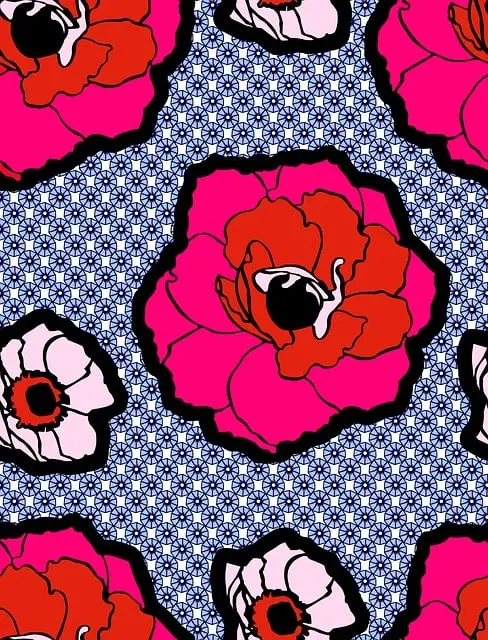The article explores the mood-enhancing effects of St. John's Wort, particularly highlighting hypericin as its key active ingredient, and examines Kratom herbs and botanicals, focusing on their active alkaloids mitragynine and 7-hydroxymitragynine. Both herbs are known to influence neurotransmitters like serotonin, dopamine, and norepinephrine, potentially offering mood improvement. However, the combination of St. John's Wort with Kratom may amplify effects and necessitates careful consideration due to complex interactions and potential adverse reactions. It is crucial to consider their regulatory status by jurisdiction, and to consult healthcare professionals for safe and informed use. The article underscores the importance of a balanced approach when using these herbs, weighing their purported benefits against the need for vigilant monitoring and safety precautions. Kratom, specifically from Southeast Asia's tropical deciduous forests, contains alkaloids that interact with opioid receptors in the brain, offering potential health advantages like pain relief, anxiety reduction, and mood elevation. Yet, due to their MAO inhibiting properties, careful consideration is advised to avoid serotonin syndrome or other adverse effects when combined with St. John's Wort. The use of these herbs for mood support should be approached with medical oversight and informed decision-making.
St. John’s Wort has long been recognized in natural medicine circles as a potential mood elevator, offering a beacon of hope for those seeking alternative remedies to improve their emotional well-being. This article delves into the synergistic effects of St. John’s Wort, particularly when combined with the alkaloid-rich herbs known as kratom. We will explore how these botanicals interact within the body to potentially enhance mood, followed by an in-depth examination of the mechanisms behind St. John’s Wort’s influence on emotional health. Additionally, we will provide a thorough analysis of kratom’s uses and benefits, offering valuable insights for those interested in exploring this combination for mood support. Join us as we unravel the science and practical applications of these herbal remedies.
- Unraveling the Synergy Between St. John's Wort and Kratom for Mood Elevation
- Exploring the Mechanisms of St. John's Wort and Its Role in Emotional Well-being
- A Comprehensive Look at Kratom: Uses, Benefits, and Considerations in Conjunction with St. John's Wort for Mood Support
Unraveling the Synergy Between St. John's Wort and Kratom for Mood Elevation

St. John’s Wort has long been recognized for its potential mood-elevating effects, primarily due to its active constituent hypericin. This herbal remedy is often sought as a natural alternative to conventional antidepressants. On the other hand, Kratom, a tropical deciduous tree native to Southeast Asia, also contains compounds known as mitragynine and 7-hydroxymitragynine, which have been studied for their mood-enhancing properties. The synergy between St. John’s Wort and Kratom for mood elevation is an area of growing interest among researchers and consumers alike. Proponents suggest that the combination may offer a more potent effect due to the complementary mechanisms of action on neurotransmitter systems, particularly those involved in regulating mood such as serotonin, dopamine, and norepinephrine. However, it is crucial to approach the use of these herbs with caution, as their interaction can be complex and may require careful monitoring for safety and efficacy. The potential benefits should be weighed against the possibility of adverse effects or interactions with other medications. Users considering combining St. John’s Wort with Kratom should consult healthcare professionals to ensure safe and informed use, especially given the regulatory status of Kratom in various jurisdictions.
Exploring the Mechanisms of St. John's Wort and Its Role in Emotional Well-being

Hypericum perforatum, commonly known as St. John’s Wort, has long been a subject of interest in the realm of herbal remedies for mood regulation. This flowering plant contains various bioactive compounds, including hypericin and pseudohypericin, which are thought to interact with neurotransmitters such as serotonin, norepinephrine, dopamine, and GABA. The precise mechanisms through which St. John’s Wort influences these neurotransmitters are complex and not fully understood, but they are believed to contribute to its mood-elevating properties. Clinical studies have shown that St. John’s Wort can be as effective as conventional antidepressants for some individuals with mild to moderate depression.
In addition to St. John’s Wort, kratom (Mitragyna speciosa) is another herbal substance that has garnered attention for its potential impact on emotional well-being. Like St. John’s Wort, kratom contains a variety of alkaloids, including mitraphylline and 7-hydroxmitragynine, which are thought to affect the brain’s opioid receptors as well as other neurotransmitter systems. The use of kratom is often associated with mood elevation, stress relief, and a sense of euphoria in some users. However, it is important to exercise caution when considering the use of any botanical for emotional regulation, as individual responses can vary greatly, and both St. John’s Wort and kratom can interact with other medications and have potential side effects. Users should consult healthcare professionals before incorporating these herbs into their wellness routines, especially given the complex interplay between these compounds and human physiology.
A Comprehensive Look at Kratom: Uses, Benefits, and Considerations in Conjunction with St. John's Wort for Mood Support

Kratom, a tropical deciduous tree native to Southeast Asia, has garnered attention in the realm of herbal supplements and botanicals due to its diverse pharmacological properties. Typically, the leaves are dried, crushed, or powdered and ingested either raw or as a tea, capsule, or extract for their various health benefits. One of the most studied uses of kratom is for mood support and elevation. It contains alkaloids like mitragynine and 7-hydroxymitragynine, which are believed to interact with opioid receptors in the brain, potentially offering analgesic, anxiolytic, and euphoric effects that can help alleviate symptoms of depression and anxiety.
When considering kratom in conjunction with St. John’s Wort for mood elevation, it is crucial to approach this combination with caution. Both substances have monoamine oxidase (MAO) inhibiting properties, which can lead to significant interactions if used simultaneously. St. John’s Wort is known to affect neurotransmitters such as serotonin, norepinephrine, and dopamine, contributing to its antidepressant effects. The concurrent use of kratom and St. John’s Wort may amplify these effects, potentially leading to an increased risk of serotonin syndrome or other adverse reactions. Therefore, individuals contemplating the combination of these two herbs should do so under medical supervision and with thorough consultation to mitigate potential risks and ensure safe and effective use for mood support.
In conclusion, the interplay between St. John’s Wort and kratom herbs and botanicals presents a compelling avenue for mood elevation. The mechanisms underlying St. John’s Wort’s impact on emotional well-being, coupled with the multifaceted benefits of kratom, offer a holistic approach to supporting mental health. However, it is imperative to approach such combinations with caution and under professional guidance due to their potent effects. A careful consideration of individual health profiles, potential interactions, and the lack of comprehensive regulatory oversight necessitates informed discourse and personalized medical advice. Users are encouraged to explore these natural alternatives responsibly while staying informed about the evolving scientific understanding of their combined effects.






